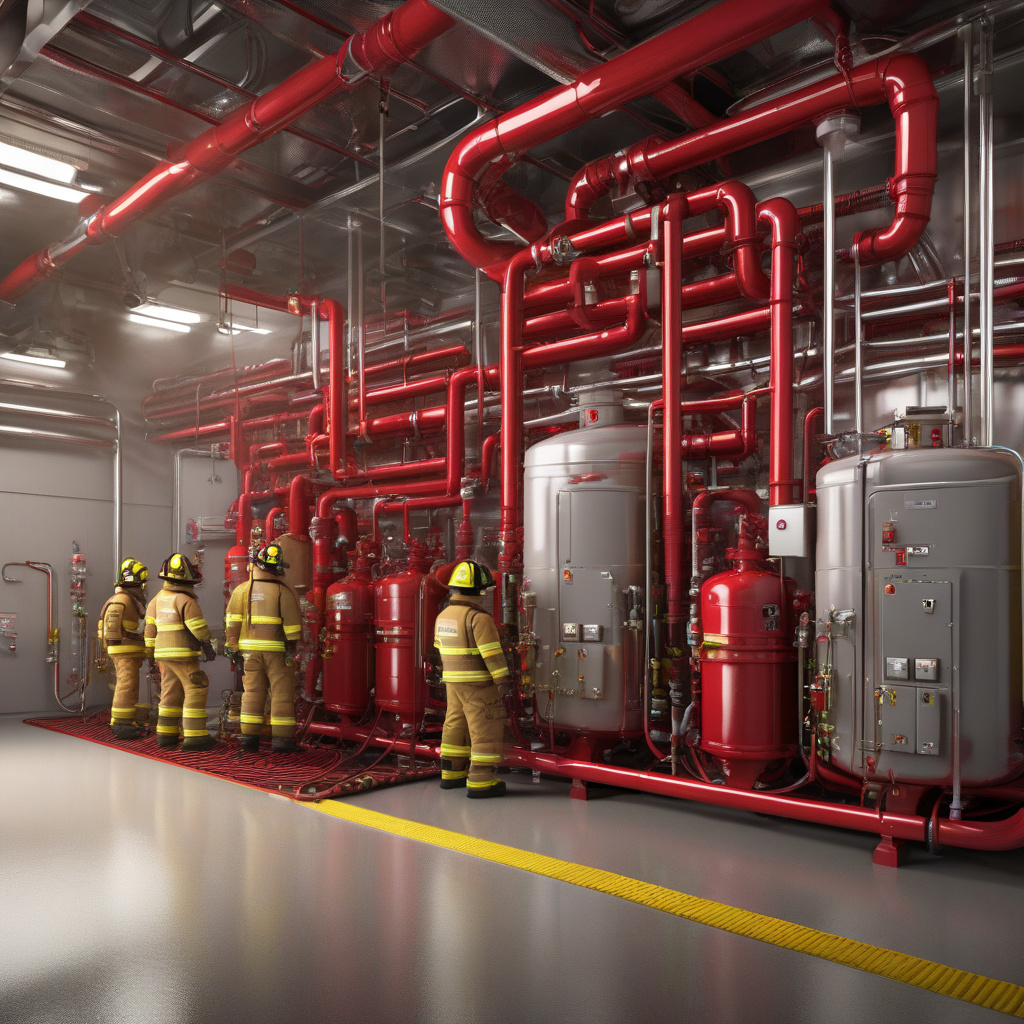The Industry’s Pivotal Shift: Taking the Lead on PFAS Elimination in Fire Suppression
The firefighting industry stands at a crucial crossroads, faced with the urgent need to address the pervasive issue of per- and polyfluoroalkyl substances (PFAS) in fire suppression systems. With PFAS chemicals posing significant environmental and health risks, it is imperative for the industry to take proactive measures and drive innovation towards eliminating these harmful substances from firefighting practices.
PFAS, commonly found in firefighting foams and gear, have been linked to a range of adverse health effects, including cancer, liver damage, and immune system disruption. Furthermore, these persistent chemicals do not break down easily in the environment, leading to long-term contamination of soil and water sources. Recognizing the gravity of the situation, the firefighting sector must spearhead efforts to phase out PFAS and transition towards safer, more sustainable alternatives.
One of the key strategies in tackling the PFAS challenge is the development and adoption of PFAS-free firefighting foams. Companies and research institutions are actively engaged in creating innovative foam formulations that deliver effective fire suppression capabilities without relying on harmful PFAS chemicals. By investing in research and collaboration, the industry can accelerate the transition to PFAS-free foams and ensure the safety of both firefighters and the environment.
Moreover, proper disposal of PFAS-containing foams and gear is essential to prevent further contamination. Fire departments and facilities must implement stringent protocols for handling and disposing of PFAS-laden materials to limit their impact on ecosystems and public health. Recycling programs and hazardous waste management initiatives can help mitigate the environmental footprint of PFAS disposal, paving the way for a more sustainable firefighting ecosystem.
In addition to product innovation and waste management, education and training play a vital role in promoting PFAS elimination in fire suppression. Firefighters and emergency responders need to be informed about the risks associated with PFAS exposure and trained in the proper use of PFAS-free alternatives. By raising awareness and providing comprehensive training programs, the industry can ensure a smooth transition away from PFAS-based firefighting practices.
Furthermore, regulatory support and industry standards are instrumental in driving PFAS elimination efforts across the firefighting sector. Government agencies, policymakers, and industry associations must collaborate to establish clear guidelines and regulations that mandate the phase-out of PFAS in fire suppression systems. By aligning regulatory frameworks with sustainability goals, the industry can create a more resilient and environmentally conscious firefighting landscape.
As the firefighting industry embraces the challenge of PFAS elimination, it sets a powerful example for other sectors grappling with chemical pollution and sustainability issues. By prioritizing health, safety, and environmental stewardship, the industry not only protects its own workforce and communities but also contributes to a cleaner, greener future for all. Through collaboration, innovation, and a steadfast commitment to change, the firefighting sector is paving the way towards a PFAS-free future in fire suppression.
In conclusion, the pivotal shift towards PFAS elimination in fire suppression represents a watershed moment for the firefighting industry, calling for bold action, collaboration, and innovation. By taking the lead in phasing out PFAS chemicals, the industry demonstrates its commitment to safety, sustainability, and responsible stewardship of the environment. As we navigate this critical transition, the firefighting sector stands poised to set new standards for chemical safety and environmental protection, inspiring positive change across industries and communities worldwide.
#Firefighting, #PFASelimination, #Sustainability, #Innovation, #EnvironmentalProtection












